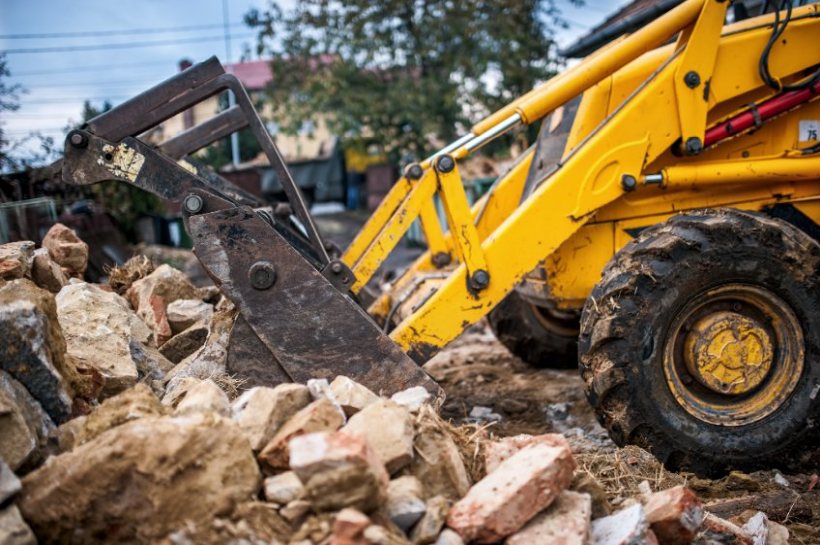
Providing a home for soil from development sites could offer farmers an opportunity to generate revenue and help the environment.
With ever-more residential and commercial development under way, soil will need to be shifted from such sites – and farmers could be ideally placed to take it.
This is according to CLM land consultant Matthew Berryman, who says this is a ‘win-win’ for the industry as it could provide a new income along with a material that can be used in on-farm projects.
But farmers must look at the requirements surrounding waste, as permission will be needed from the Environment Agency.
Mr Berryman says: “Construction projects often generate big quantities of soil and, although many licensed tips take such commercial waste, this can involve moving it large distances.
“Dairy producers – and indeed the whole livestock sector – is under pressure to stop nutrients in manure and slurry getting into watercourses, so a lot of farmers will need to upgrade their storage facilities."
Another on-farm use could be making a bund to shield residential property from the noise of a road, railway track or even a busy yard.
Bunds can also used to reduce the visual impact of battery storage and other energy-related developments which are set to become more common.
“I’ve seen it used for a fishing diversification where a particular type of soil was needed to create the lakes. It could also be used in landscaping projects designed to provide habitats for biodiversity or recreational spaces for visitors,” says Mr Berryman.
“I’ve even seen it considered as a way of relandscaping a vineyard to prevent a frost pocket.”
Farmers could receive between £40 and £70 per lorry load, depending on the size of the load, the distance it has to be transported and the exact access arrangements.
And if a farmer is in a suitable location, both landrasing - mounding soil above ground-level - and landfill can offer major opportunities.
Mr Berryman says: “It depends on where you are and how much material you can responsibly take, but some farmers have been able to add hundreds of thousands of pounds to their bottom line in this way.
“Getting planning need not always be a lengthy process. Some small-scale projects can be done under the permitted development rights process, which is quick and low-cost compared to submitting a full planning application."
He adds: “The whole landfill sector has come a long way compared with a couple of decades ago when some operators occasionally acted irresponsibly. Now it is – quite rightly – heavily regulated.
“Farmers are no strangers to navigating the planning system, but it's vital to make sure you have all the right permissions and paperwork in place before you bring a single bucketful of new soil onto your land.”
